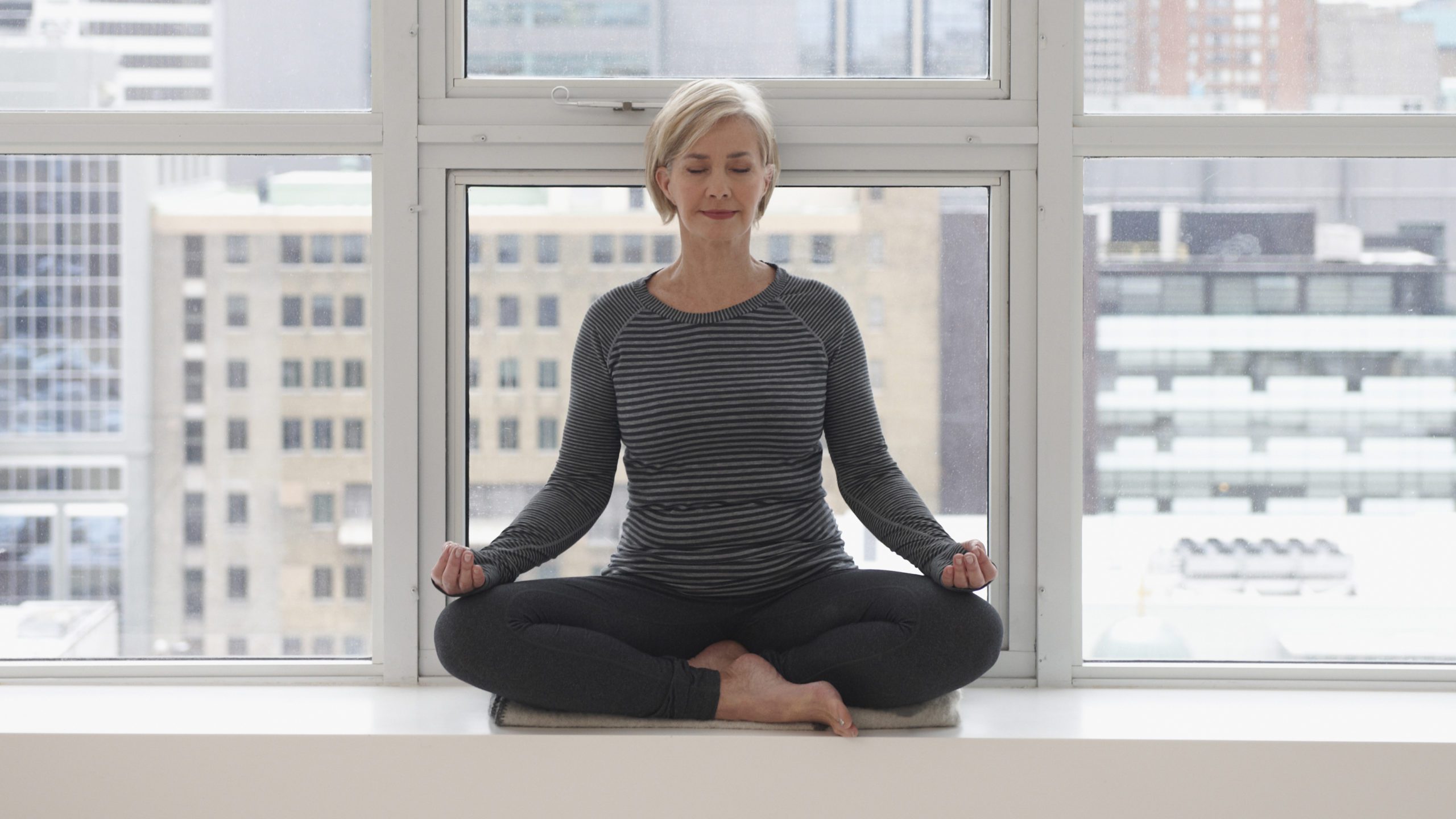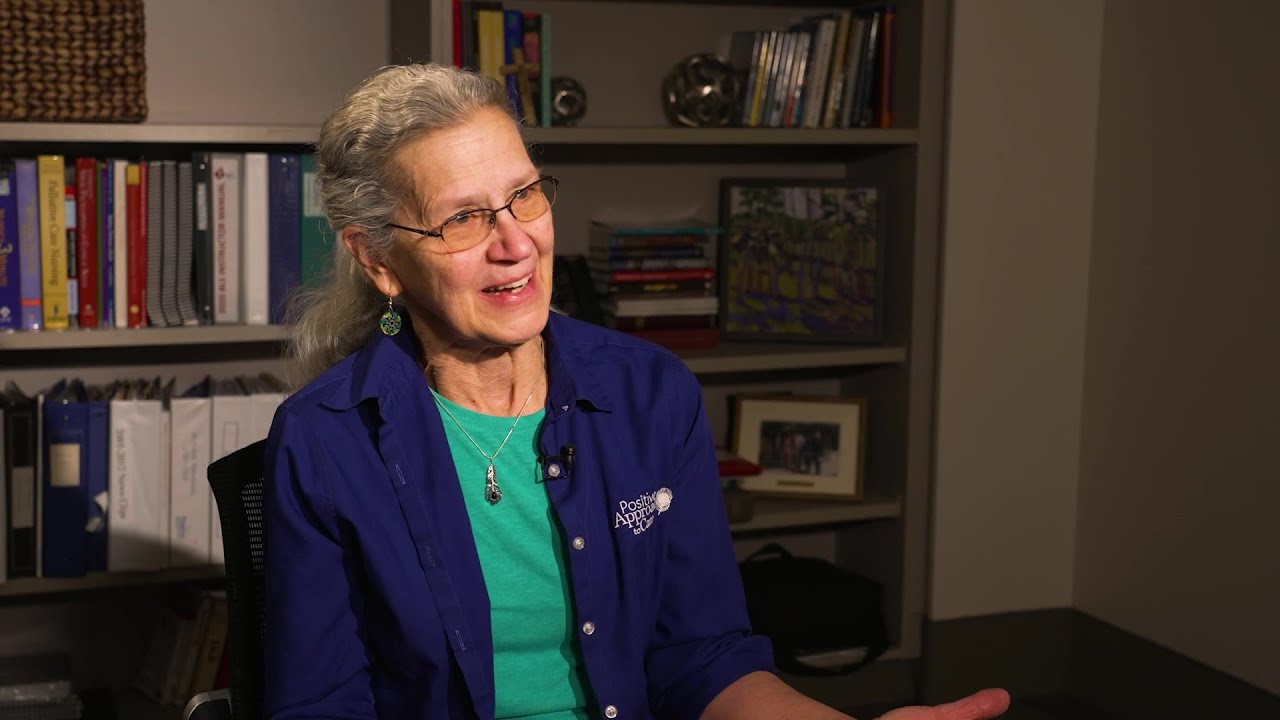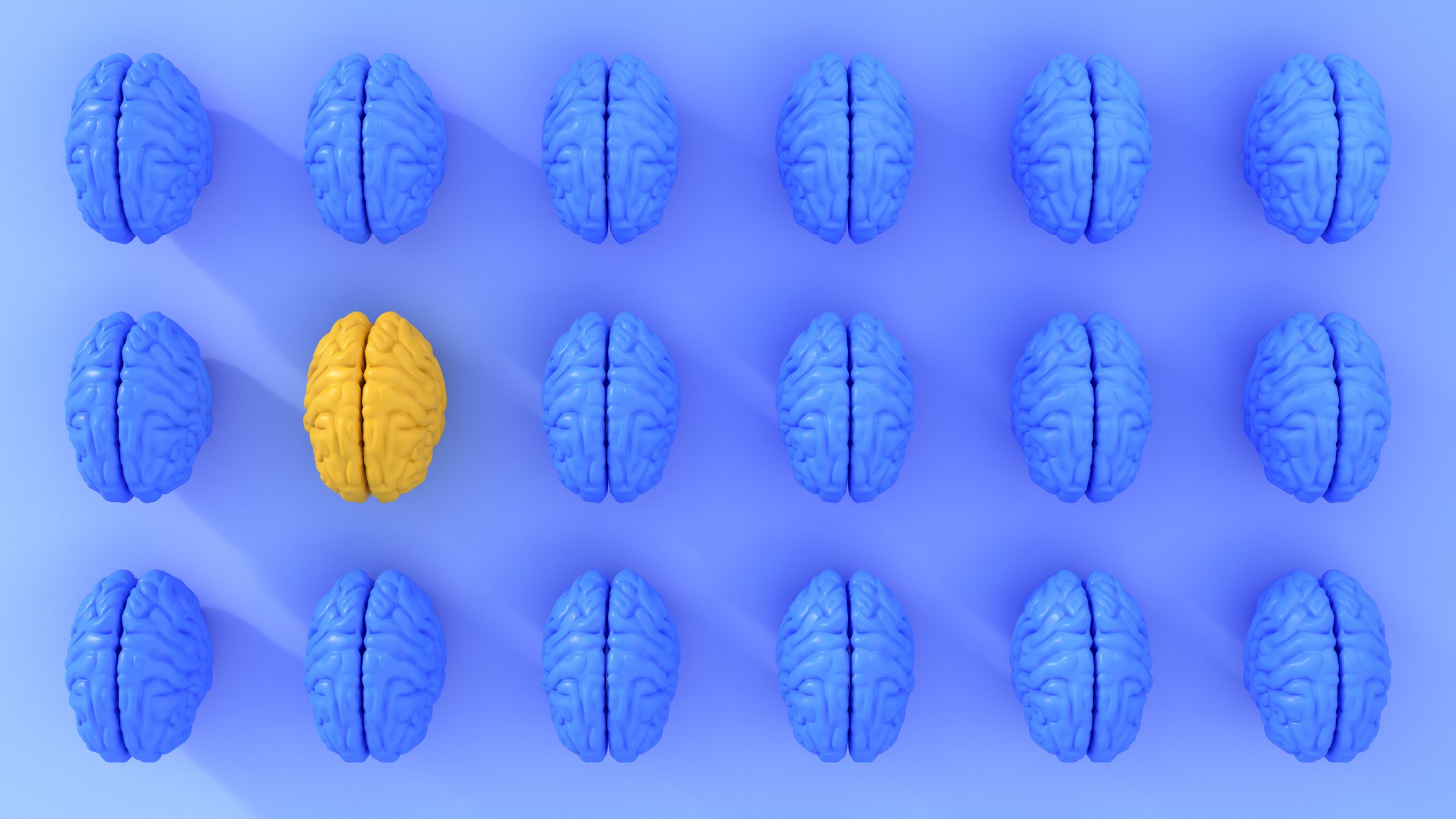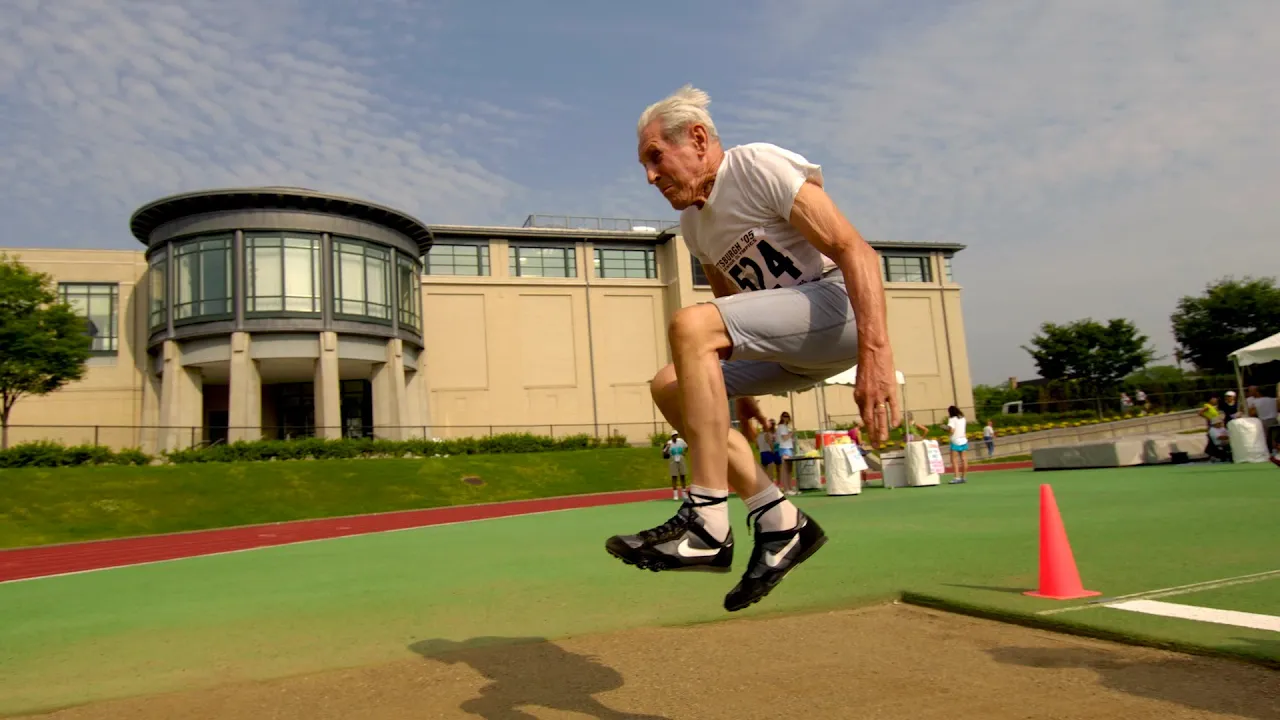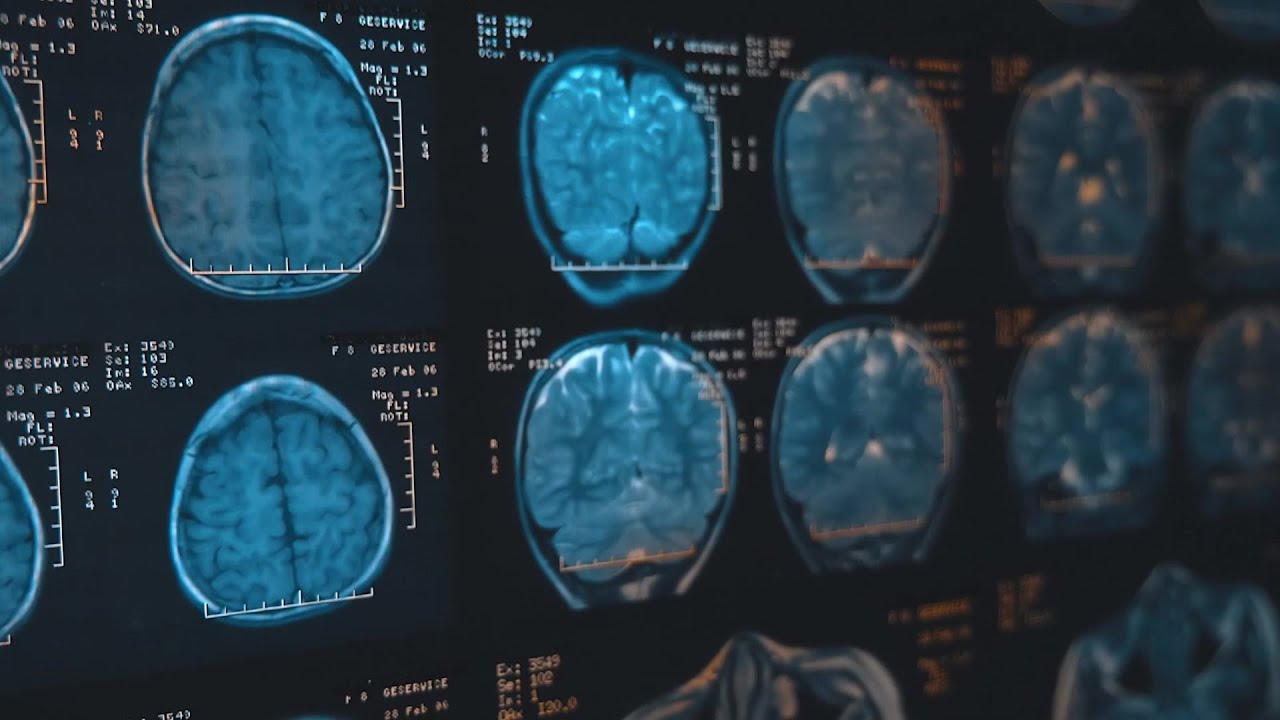Last Updated on October 9, 2024
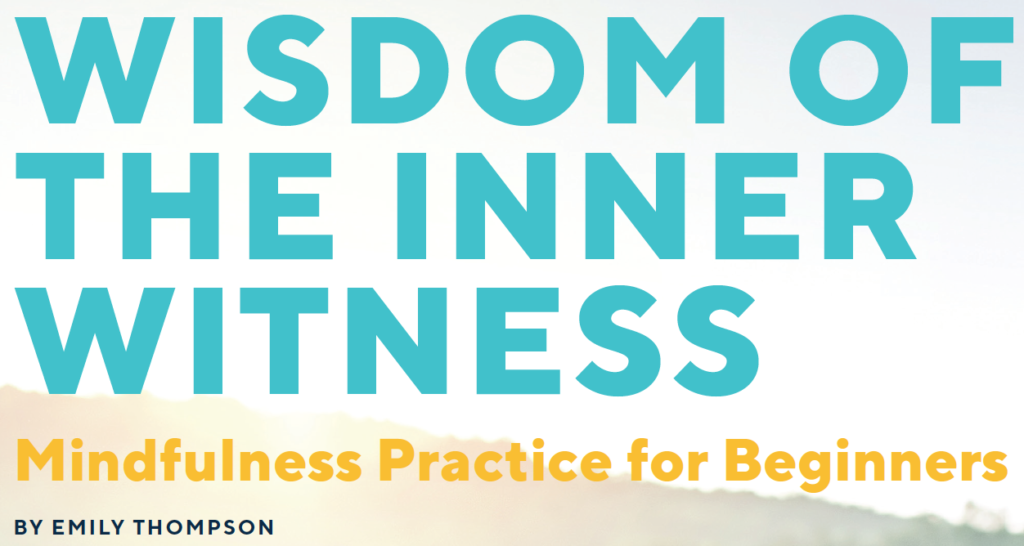
Do you feel stressed at the end of the day? Do you wake up feeling anxious about all the obligations of the day ahead? Do you feel frustrated by the patterns of interaction with the people in your life?
Learn how to feel better mentally, emotionally and physically by developing your own mindfulness practice to fit your lifestyle.
Mindfulness practice teaches us how to listen to the wisdom of our bodies and emotions, and how to reframe our circumstances and experience more peace.
Becoming aware of the mind-body connection gives us power to experience our emotional lives in a new way—from a place of intentional response rather than knee-jerk reaction.
The small voice inside us that observes our lives and our thoughts without judgment is the “witness” in mindfulness practices. Creating space in our lives to tune into the wisdom of the witness can help us transform our lives from the inside out.

Young children can teach us a lot about mindfulness. As they explore their world, they have no preconceptions about how things and people “should” be. They observe and participate without judgment. As they experience patterns of behavior from other people, and observe cause and effect in the physical world, they start to construct their own reality.
They’re constantly updating this understanding of reality with new information, naturally.
Can I count on my family to take care of me? Is there anything I can do to make them love me more or less? Is the world a safe place or a place to fear? What rules must be followed and what rules may be bent or broken? How can I get my needs met and feel good as often as possible?
These questions influence our behavior at all stages of life, whether we’re conscious of it or not. By middle age, our reality can feel static. We assume we know how the world works and what our place in it is. We define ourselves by our obligations—family, work, financial and community.
If we’re lucky, these obligations are fueled by passion and give us a sense of meaning and inner peace. For most of us, the responsibility of our obligations feels stressful most of the time. How do we experience inner peace while keeping all the plates spinning?
Mindfulness practice offers us a way to find an oasis of calm despite the demands of our busy lives. It decreases stress and improves sleep. It increases focus and peak performance in work and sports.
Neuroplasticity describes the way the brain is physically changed and improved by regular mindfulness practices, no matter our age. The benefits can be realized in as little as a few minutes a day, or they can be explored in extended retreats.
Whatever your lifestyle, no matter your schedule, there’s a mindfulness practice to help you hear the wisdom of your own inner witness.
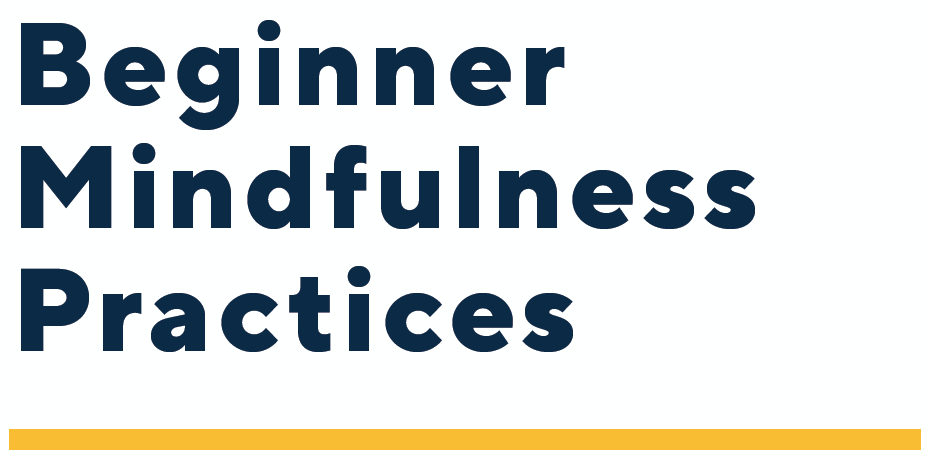
 Gratitude Meditation: 5-10 Minutes
Gratitude Meditation: 5-10 Minutes
Human brains evolved with a negativity bias that helped our primitive ancestors avoid predators and prepare for disasters. What was beneficial then makes it more difficult for us to focus on the positive in the present. Neuroscientists have discovered that gratitude practices help overcome this negativity bias—and the chronic stress it causes— by training our brain to focus on the positive. Gratitude meditation changes the chemistry of our brain by producing dopamine, the feel-good hormone. This positive reaction trains the brain to look for more reasons to be grateful, to experience the surge of dopamine again and again.
- Sit upright in a chair and take a few deep breaths to center yourself.
- For each thing you bring to your awareness, say to yourself, “For this _____, I am grateful.”
- Cycle your awareness through the four categories below. Express gratitude for several things or people per category. Go slowly enough to observe any feelings or physical sensations that arise.
- Immediate physical environment. “For this hot coffee, I am grateful.”
- Friends, family and your partner. “For my friend who checks on me when I’m sick, I am grateful.”
- Yourself. We are often our own worst critics. Bring awareness to your positive traits. “For my ability to make people feel encouraged, I am grateful.”
- Difficult people. Every interaction carries within it an opportunity to learn more about ourselves and others — if we can observe from the inner witness rather than react from negative emotions. Practicing gratitude for difficult people trains us to be more compassionate and less reactive. “For my neighbor who never waves back, I am grateful.”
Body Scan Meditation: 5 minutes 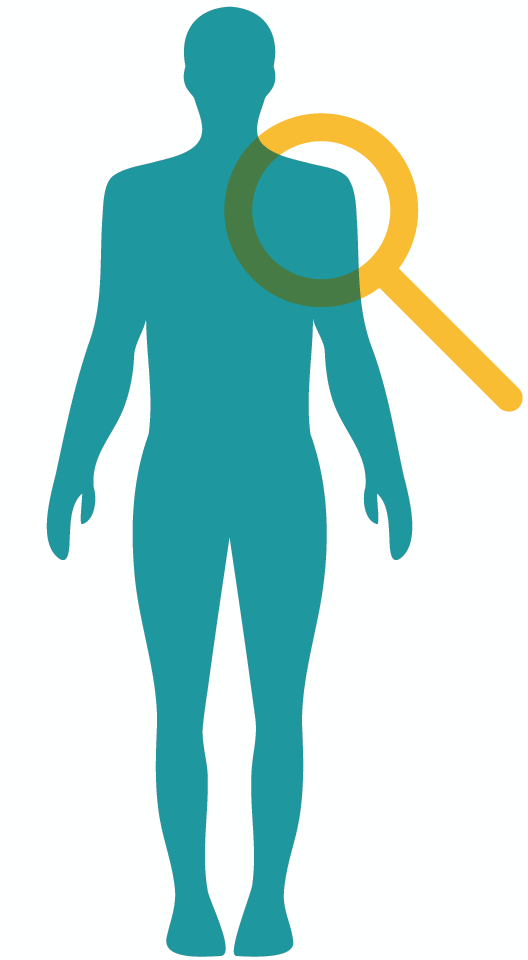
Tune into the sensations in each part of your body, starting with your feet and moving up to your head. This can be done sitting in a chair or lying in bed. Feel the support of the floor/bed under your feet. Notice the twinge in your ankle from your nightly run. Move your attention up through your legs, torso, arms, neck, face and scalp. When your mind wanders, bring your attention back to the sensation in the next part of your body.
Breathing Meditation 5-20 minutes
Meditating on the breath can be done anywhere. Ideally, you should meditate sitting in a chair without distraction, but you can even do it while sitting in traffic.
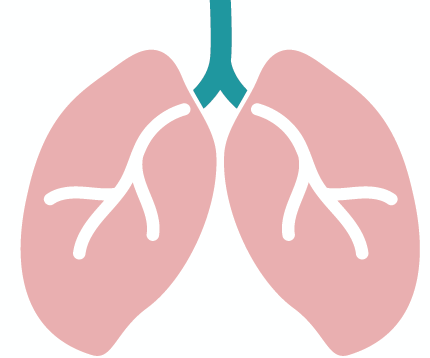
The inner witness is the part of yourself that is aware of the thoughts but chooses to let them come and go instead of ruminating on them. Meditating on the breath helps us to pay attention to our awareness of the present moment.
With practice, this ability to experience pure awareness helps us to notice the inner witness in everyday life. We learn to notice our emotions and the emotions of others without judgment.
This helps us to respond rather than to react to the circumstances and people in our life — giving us a growing sense of peace.
- Inhale deeply for three seconds, hold the breath for two seconds and exhale for four seconds. Take a few deep, cleansing breaths until you feel settled and centered.
- Then let your breath come and go naturally. Notice the sensation of each inhale and exhale in your nostrils, your rib cage and your diaphragm.
- As you focus on the breath, thoughts will pop up. That’s OK! • Let your inner witness observe the thoughts without judgment.
- Imagine the thoughts are clouds moving across the sky of our awareness. They are temporary and passing.
- Bring your attention back to the breath as often as necessary.
- Notice emotions and physical sensations that arise, without judgment.

This article originally appeared in Growing Bolder Magazine. For more great stories like this, click here to subscribe to the digital edition of Growing Bolder Magazine. All past issues of GB Magazine, including the one that features this article, are also available to read online exclusively. Click here to find out how to become a Growing Bolder Insider!

